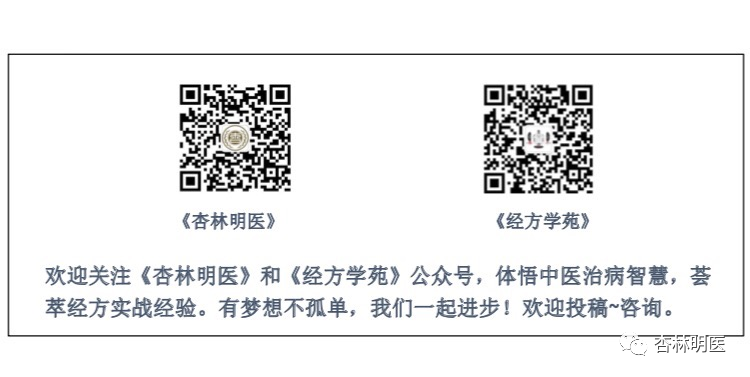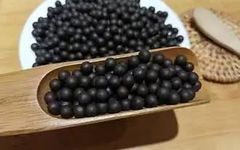In the realm of Traditional Chinese Medicine (TCM), may we strive together for progress.、Introduction
TCM has a long history and a unique system, emphasizing the four diagnostic methods (observation, listening, inquiry, and palpation) and pattern differentiation for treatment. After gathering basic evidence (symptoms and signs), the practitioner analyzes the condition to identify the cause, selects the appropriate formula, and adjusts the medication accordingly. As stated in “Lunheng”: “In treating diseases, the formula is applied, and the medicine is administered.”Good TCM practitioners are like private detectives, where diseases are akin to cases that require effective evidence (the condition) to be collected, logically interpreted, and meticulously analyzed to find the root cause (the underlying issue), allowing for a quicker resolution (curing the disease).
Learning TCM is not difficult; the challenge lies in persistence and getting started. To help everyone build a solid foundation in TCM and develop the skills to treat diseases,this public account has launched the “Learn TCM with Me” section.Although the road ahead is long, the effort is in the present;spending ten minutes daily on study will solidify your foundational skills.
Pills, commonly known as pill medicines, are solid dosage forms shaped like spheres or quasi-spheres made by grinding medicinal substances into fine powder or by using extracts combined with suitable binders or other excipients.
Pills are one of the main traditional dosage forms of Chinese medicine, widely used from ancient times to the present. For instance, the “Shennong Bencao Jing” states: “Medicinal properties are suitable for pills.” The “Jin Kui Yao Luan” Volume 1 mentions: “Pills can expel wind and cold, break accumulations, and dissolve various hard masses.” The “Su Shen Liang Fang” Volume 1 also states: “For severe toxins, pills must be used.” In the “Tang Ye Bencao – Dongyuan’s Method of Medication” Volume 1, it is proposed: “Pills are slow; they cannot be taken quickly. Their use implies a gentle and gradual treatment approach.”Compared to decoctions, pills have advantages such as slow disintegration, prolonged medicinal effects, saving medicinal materials, and being convenient for consumption, transport, and storage..
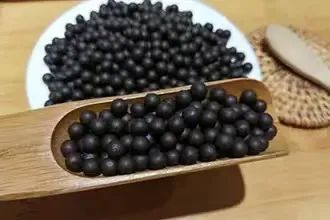
Pills are generally suitable for chronic, weak diseases, such as Liu Wei Di Huang Wan (Six Flavor Rehmannia Pill), Gui Pi Wan (Restore the Spleen Pill), and Bu Zhong Yi Qi Wan (Tonify the Middle and Augment Qi Pill).
They can also be used for emergencies, but formulas containing aromatic drugs should not be heated or decocted, such as An Gong Niu Huang Wan (Calm the Palace Pill) and Su He Xiang Wan (Scented Resuscitation Pill).
Certain potent medicines, to allow for a gradual effect or when decoction is not suitable, can also be made into pills, such as Zhou Che Wan (Zhou Che Pill) and Di Dang Wan (Resist Pill).
However, it is undeniable that pills also have certain drawbacks, such as large dosages, especially for children who may find them difficult to swallow, lengthy production processes, and increased chances of contamination. Improper handling can affect disintegration and efficacy.
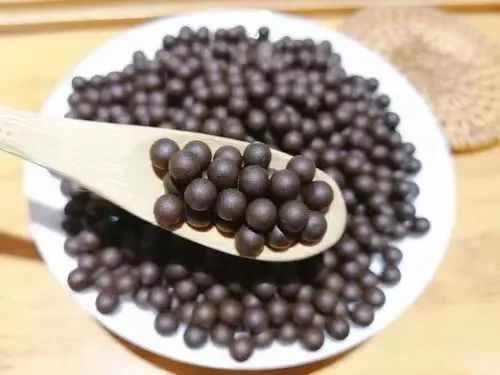
Pills can be classified based on their preparation methods:
Pan-made Pills: These are made by using fine powdered medicinal substances with suitable liquids as binders to form small spherical pills, such as water pills, water honey pills, some concentrated pills, and paste pills.
Plastic Pills: These are made by mixing fine powdered medicinal substances with suitable binders to create a pliable mass, which is then divided into pill granules, such as honey pills, paste pills, and wax pills.
Drip Pills: These are made by dissolving, suspending, or emulsifying the main drug in a low melting point fatty or water-soluble matrix, then dripping it into a non-miscible liquid cooling agent, forming pills due to surface tension, such as drip pills.
Common clinical pills include honey pills, water pills, paste pills, concentrated pills, wax pills, water honey pills, micro pills, and drip pills.
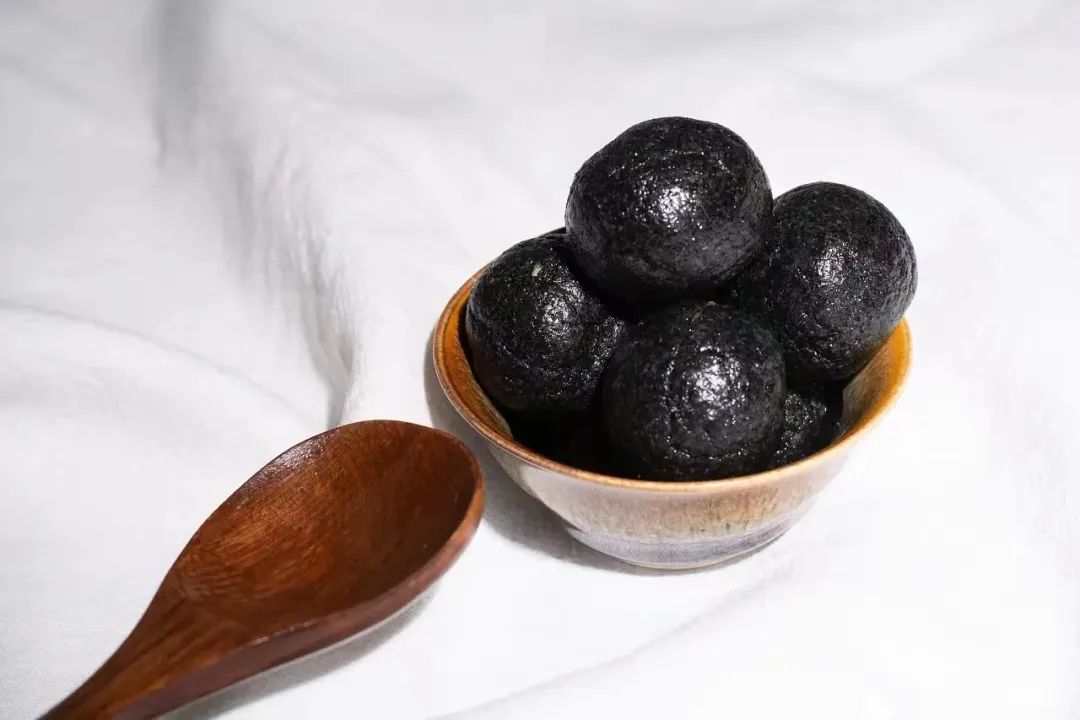
Honey Pills
1.Honey Pills are made by using refined honey as a binder for fine powdered medicinal materials, resulting in smooth, moist pills with low water content, slow disintegration, and gentle, prolonged effects.
Because honey has nourishing, lung-soothing, and bowel-regulating properties, it is often used to treat chronic and weak diseases. Additionally, due to its sweet taste, it has a flavor-masking effect. Honey pills can be divided into large honey pills and small honey pills; generally, large honey pills are more commonly used in the north, dosed by the number of pills, such as Da Huo Luo Dan (Great Activating Pill); small honey pills are more commonly used in the south, dosed by weight, such as Ma Ren Wan (Sesame Seed Pill).
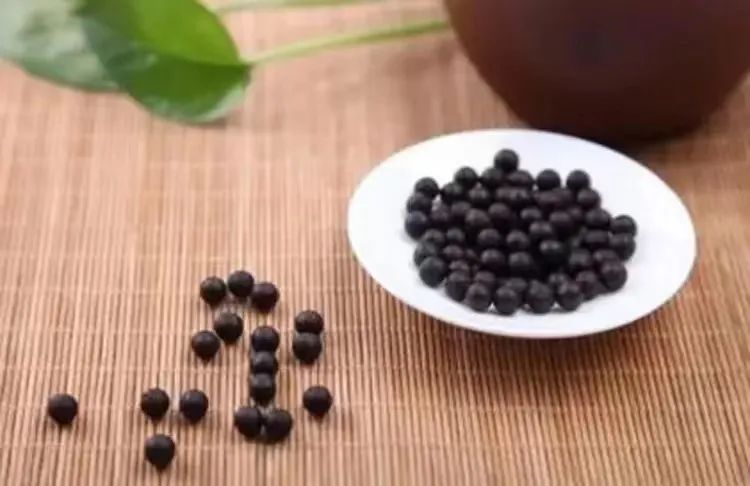
Water Pills
2.Water Pills are commonly known as water pan pills. They are made by using fine powdered medicinal substances (generally screened through an 80-120 mesh) with water (cold boiled water, steam, or deionized water) or other specified aqueous liquids (such as wine, vinegar, honey water, or medicinal juice) as binders. They are suitable for medicinal materials that have a certain viscosity and are stable when in contact with water.
Water pills are characterized by easy disintegration, rapid dissolution, and quick effects, making them convenient for consumption. They are often dosed by weight rather than by the number of pills. They are commonly used clinically, such as in water pills for releasing the exterior: Gen Qiao Jie Du Wan (Radix et Rhizoma Qiao Detoxifying Pill), Teng Xiang Zheng Qi Wan (Vine Fragrance Correcting Qi Pill); phlegm and cough water pills: Zhu Li Hua Tan Wan (Bamboo Juice Phlegm-Resolving Pill), Ban Bei Wan (Half Shell Pill), Zhi Sou Ding Chuan Wan (Cough-Soothing and Asthma-Relieving Pill); and digestive water pills: Xiang Sha Yang Wei Wan (Fragrant Sand Nourishing Stomach Pill), Bao He Wan (Preserve Harmony Pill).
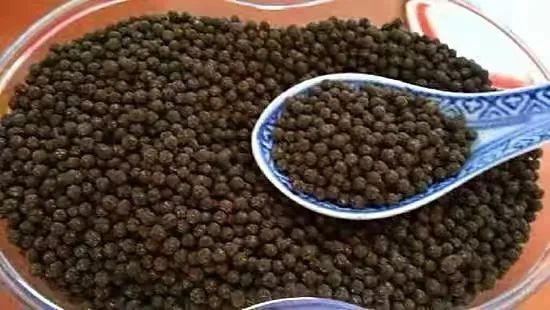
Paste Pills
3.Paste Pills are made by using fine powdered medicinal substances with rice paste (glutinous rice paste or yellow rice paste) or flour as a binder.
Due to the hard texture of paste pills, they disintegrate and dissolve slowly in the stomach, prolonging the medicinal effect and reducing the adverse reactions of toxic or irritating drugs. As Li Gao stated: “Thick and paste (pills) take their time to act.”
Paste pills can be prepared using plastic methods (similar to honey pills, but using paste instead of refined honey) and pan-making methods (similar to water pills, but using thin paste as a binder) – the key lies in the amount of paste used. If too much is used, the final product will be too hard and difficult to disintegrate, affecting absorption; if too little is used, the goal of “delayed action” will not be achieved. Due to the poor disintegration and dissolution properties of paste pills, and the difficulty in controlling them, along with the development of other sustained-release dosage forms, they are now rarely used, with main varieties including Zhou Che Wan, Xiao Jin Dan (Small Gold Pill), Kong Yan Dan (Control Saliva Pill), and Hei Xi Dan (Black Tin Pill).
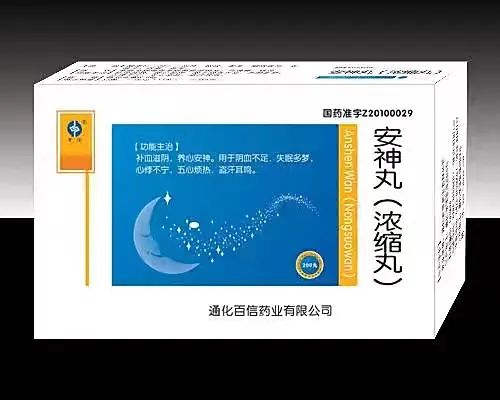
Concentrated Pills
4.Concentrated Pills are made by extracting clear pastes or tinctures from medicinal substances or parts of formulas, using suitable excipients or fine powdered medicines, and using water or honey as binders.
Due to their small size, high content, low dosage, and rapid absorption, they have developed rapidly and can be used to treat various diseases. Main varieties include Liu Wei Di Huang Wan (Six Flavor Rehmannia Pill), Xiao Ke Wan (Diabetes Pill), Xiang Sha Liu Jun Wan (Fragrant Sand Six Gentlemen Pill), and Jin Kui Shen Qi Wan (Golden Cabinet Kidney Qi Pill).
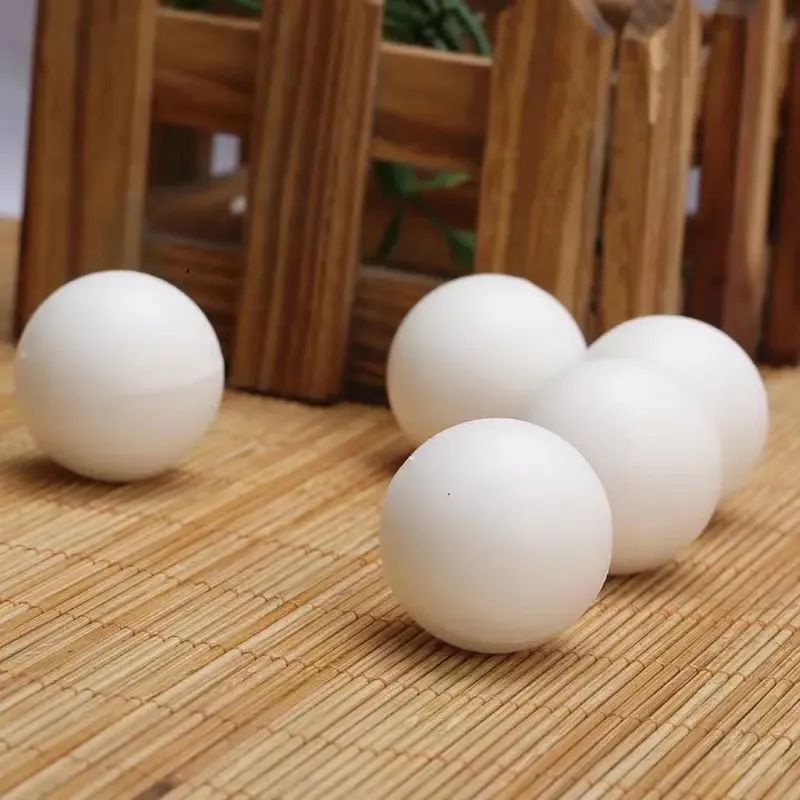
Wax Pills
5.Wax Pills: are made by using fine powdered medicinal substances with beeswax (also known as yellow wax) as a binder. Li Gao stated: “Wax pills are difficult to dissolve, yet they act quickly” (from “Tang Ye Bencao – Dongyuan’s Method of Medication”). Because beeswax (mainly composed of fatty acid esters) has low polarity and is insoluble in water, pills made from it disintegrate and release medicine more slowly than paste pills. By adjusting the amount of wax used, a sustained-release effect can be achieved, reducing the adverse reactions of toxic or irritating drugs.
Wax pills are primarily prepared using plastic methods, with less use of pan-making and drip methods. They are now rarely used clinically, with main varieties including San Huang Bao La Wan (Three Yellow Treasure Wax Pill), Hu Po La Ji Wan (Amber Wax Pill), Wei Xi Wan (Wei Xi Pill), and Fei Er Wan (Fat Child Pill). It should be noted that wax-coated pills are not the same as wax pills.
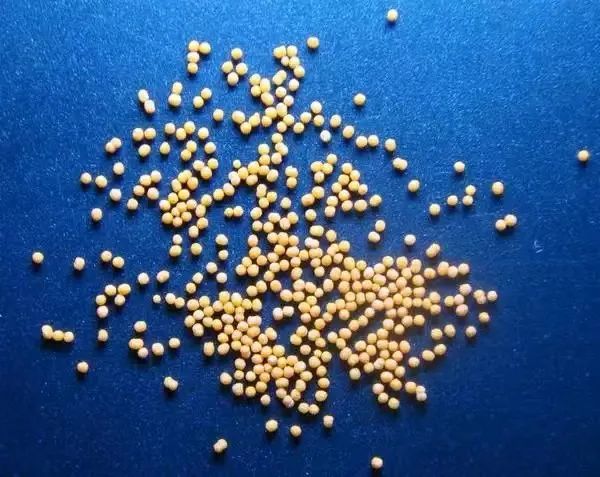
Micro Pills
6.Micro Pills: are a new dosage form created in recent years by incorporating the characteristics of pills, powders, and granules.
This type of micro pill differs from traditional pills (honey pills, water pills, concentrated pills) in that it has very small particles, with diameters ranging from 0.6 to 0.8 mm, facilitating disintegration, dissolution, and absorption of the medicine. They can also be encapsulated using tin packaging methods with different polymer materials, forming microcapsules, or directly placed into hard capsule shells, becoming hard capsule preparations. Currently, there are dozens of varieties of micro pills, such as Xiao Er Qi Ying Wan (Children’s Qi Response Pill) and Niu Huang Xiao Yan Wan (Bovine Gallbladder Anti-Inflammatory Pill).
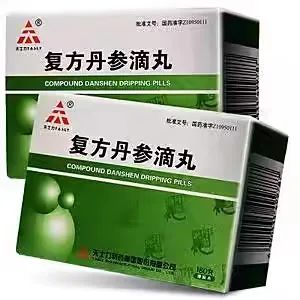
Drip Pills
7.Drip Pills: refer to pills made using the drip method, where a low melting point fatty or water-soluble matrix is used to dissolve, suspend, or emulsify the main drug, which is then dripped into a non-miscible liquid cooling agent. The droplets solidify into spherical or quasi-spherical pills due to surface tension.
Drip pills are particularly suitable for liquid medicines and for main drugs that are small in volume or irritating, as they increase the stability of the medicine, reduce irritation, and mask unpleasant odors. Common varieties include Su Bing Di Wan (Su Bing Drip Pill), Su Xiao Jiu Xin Wan (Rapid Heart Resuscitation Pill), and Fu Fang Dan Shen Di Wan (Compound Salvia Drip Pill).
8.Water Honey Pills: are pills made using refined honey and water as binders. Their preparation method is similar to that of water pills.
 Collect “Mint Medical Path” to avoid getting lost!
Collect “Mint Medical Path” to avoid getting lost!
RECOMMEND
Previous Reviews:
-
Only 8 herbs, a special formula for heat in the head and face, can keep you healthy!
-
Weak and sickly? A dose of Di Huang Yin Zi balances Yin and Yang, enhancing your immunity! Tonifies the kidneys and treats weakness…
-
Not just for kidney deficiency! A clinical guide to the ancient famous formula Jin Kui Shen Qi Wan, take it directly…
-
Treats over 70 diseases, covering internal, external, gynecological, pediatric, and otorhinolaryngological fields, Xiao Chai Hu Tang’s
-
A miraculous formula for irritable bowel syndrome, using only four herbs, can also treat various enteritis!
-
A TCM formula for treating “cold with heat” colds, using only seven herbs, can also treat edema and nephritis…
-
The “number one formula” for treating gastrointestinal diseases (with a brief commentary on the classic formula for dysuria)
-
A cough remedy that has been passed down for over 1000 years, specifically for colds and coughs with phlegm (with a fan’s medical case)
-
For insufficient kidney Yang, the first formula for declining Mingmen fire, used for impotence, premature ejaculation, nocturnal emissions, and infertility…
-
Qi Bao Mei Ran Dan: A TCM formula for nourishing the liver and kidneys, promoting black hair and strengthening bones!
-
A formula that greatly tonifies the true essence, balancing both Yin and Yang, can treat infertility, impotence, nocturnal emissions, and lower back pain…
Learning TCM requires persistence. I hope everyone will take a moment to click “Looking” and like, share, and forward this to let more people join our learning community. The charm of the internet allows us to gather our love for TCM (classical formulas), share insights, and create brilliant sparks.This is a place where ideas collide, this is a university without walls!
